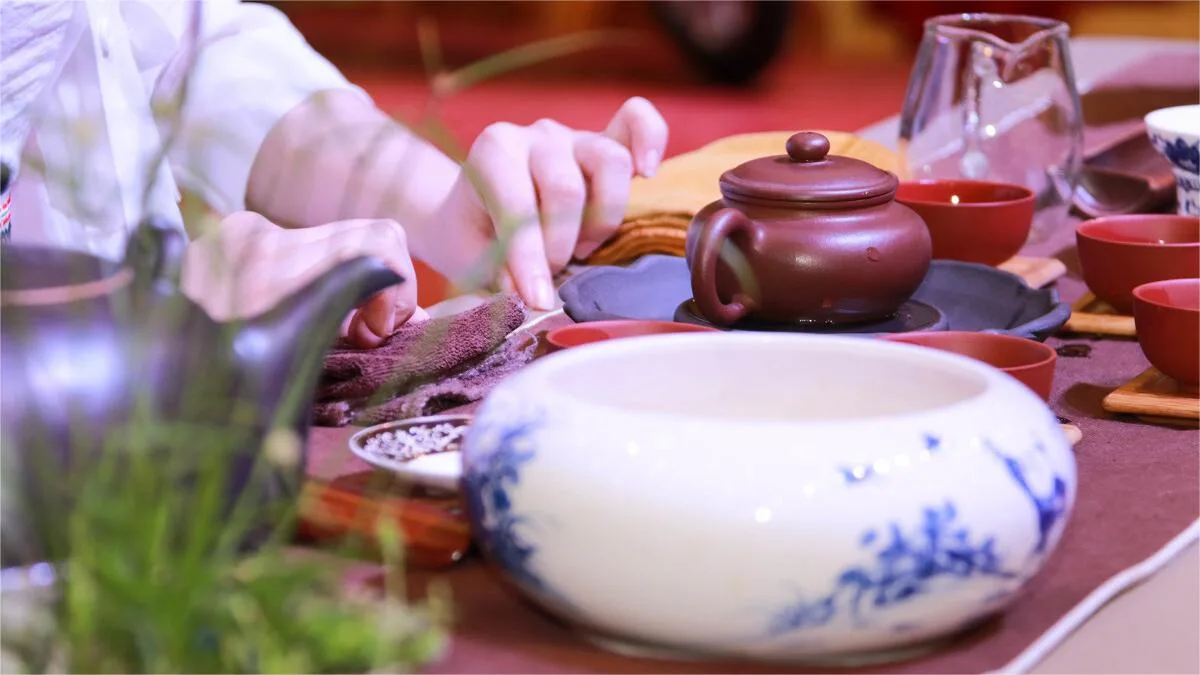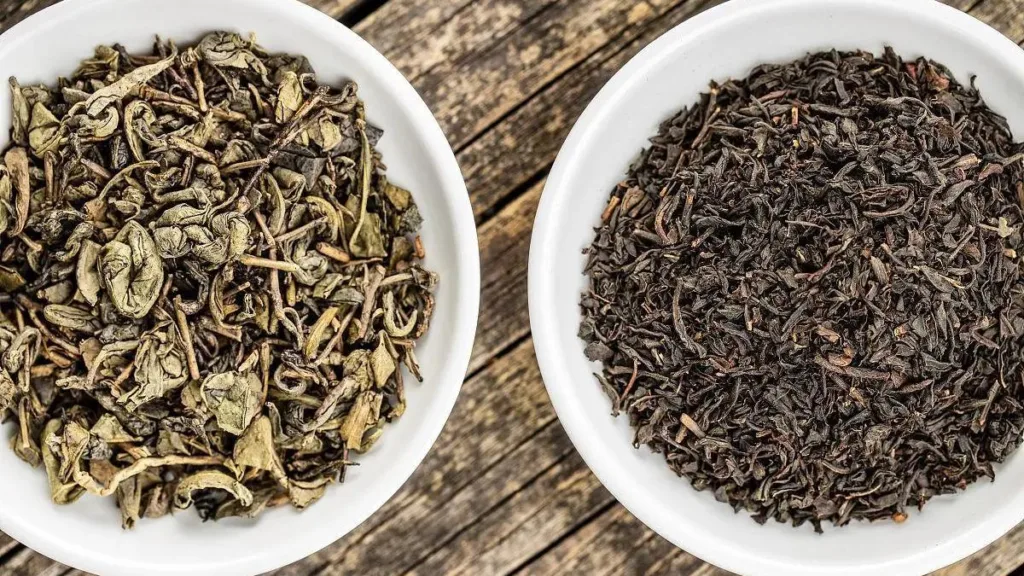The Chinese tea ceremony, known as “gongfu cha” (功夫茶), is a traditional and highly revered practice that goes far beyond the simple act of brewing and drinking tea. It holds deep cultural, social, and spiritual significance, with a history that spans over a thousand years. The purpose of the Chinese tea ceremony can be understood through several key aspects:
Cultural Heritage: The Chinese tea ceremony is a vital part of China’s rich cultural heritage. It has evolved over centuries, reflecting the values, aesthetics, and rituals of Chinese society. It serves as a way to connect with and preserve this cultural legacy, allowing people to experience and appreciate the art of tea as it has been passed down through generations.
Mindfulness and Meditation: One of the central purposes of the Chinese tea ceremony is to cultivate mindfulness and meditation. Preparing and serving tea in a deliberate and unhurried manner encourages participants to be fully present in the moment. The process of steeping tea leaves, pouring water, and savoring the aroma and flavor of the tea fosters a deep sense of tranquility and introspection.
Social Connection: The tea ceremony also serves as a means of fostering social connections and hospitality. It provides an opportunity for people to come together, share stories, and engage in meaningful conversations. The act of serving tea is a gesture of goodwill, and it promotes bonding among friends and family.
Appreciation of Nature: Chinese tea culture is closely tied to the appreciation of nature. The various types of tea, their seasonal variations, and the regional differences in tea production all connect tea enthusiasts to the natural world. The act of brewing tea often incorporates elements of the natural environment, such as the use of clay teapots and the infusion of natural elements like flowers and fruit.
Symbolism and Ritual: The Chinese tea ceremony is rich in symbolism and ritual. The selection of teaware, the specific gestures used in brewing and serving tea, and the order in which the tea is prepared all carry symbolic meanings. For example, the act of rinsing the teapot and cups is seen as a purification ritual, while the use of a tea pet adds an element of playfulness and charm to the ceremony.
Health and Well-Being: In Chinese culture, tea is often associated with health and well-being. Different types of tea are believed to have various medicinal properties, and the act of drinking tea is seen as a way to promote good health. The Chinese tea ceremony emphasizes the importance of taking time for oneself and savoring the benefits of tea on both physical and mental well-being.
Artistic Expression: The Chinese tea ceremony is considered an art form in itself. The way in which tea is brewed, the aesthetics of the teaware, and the presentation of the tea all require skill and artistic sensibility. The act of pouring tea with grace and precision is a form of self-expression, and participants can appreciate and showcase their individual artistry.
In summary, the Chinese tea ceremony serves as a multifaceted cultural practice with deep-rooted traditions and values. Its purpose extends beyond the mere consumption of tea; it encompasses mindfulness, social interaction, connection with nature, symbolic rituals, and artistic expression. By participating in this centuries-old tradition, individuals can experience a holistic approach to tea appreciation, enriching their lives in many meaningful ways.



